International Snow Leopard Day 2025: 8 Astonishing Facts About The Ghost Of The Mountains
Every year, International Snow Leopard Day celebrates one of the most mysterious and majestic creatures roaming the icy peaks of Central and South Asia, the snow leopard. Known as the Ghost of the Mountains for their elusive nature and breathtaking beauty, these cats symbolise the fragile link between wildlife and the world’s highest habitats. On this special day, let’s uncover eight captivating facts that reveal the secrets of these rare and endangered cats, showcasing just how extraordinary they truly are.
ALSO READ: 8 Fascinating Facts About These Adorably Slow Creatures
1. Snow Leopards Cannot Roar
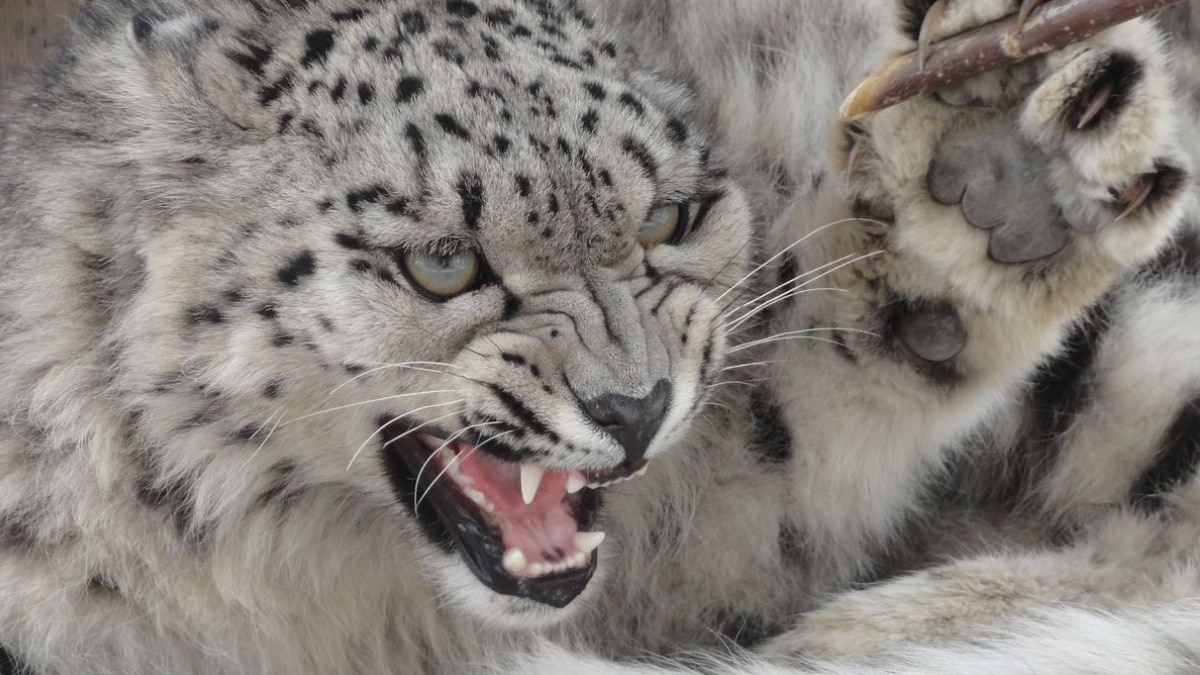 (Image Source: Pinterest/shaunacaughron)
(Image Source: Pinterest/shaunacaughron)
Unlike lions or tigers, snow leopards cannot roar. Their larynx structure lacks the special ligament that produces the deep, rolling roar of other big cats. Instead, they communicate through growls, hisses, chuffing, and mews. This silence enhances their mystique, making them true “ghosts” of their icy domain. Their quiet nature allows them to stalk prey undetected, conserving energy in the thin mountain air where every breath counts.
2. Their Noses Preheat The Air
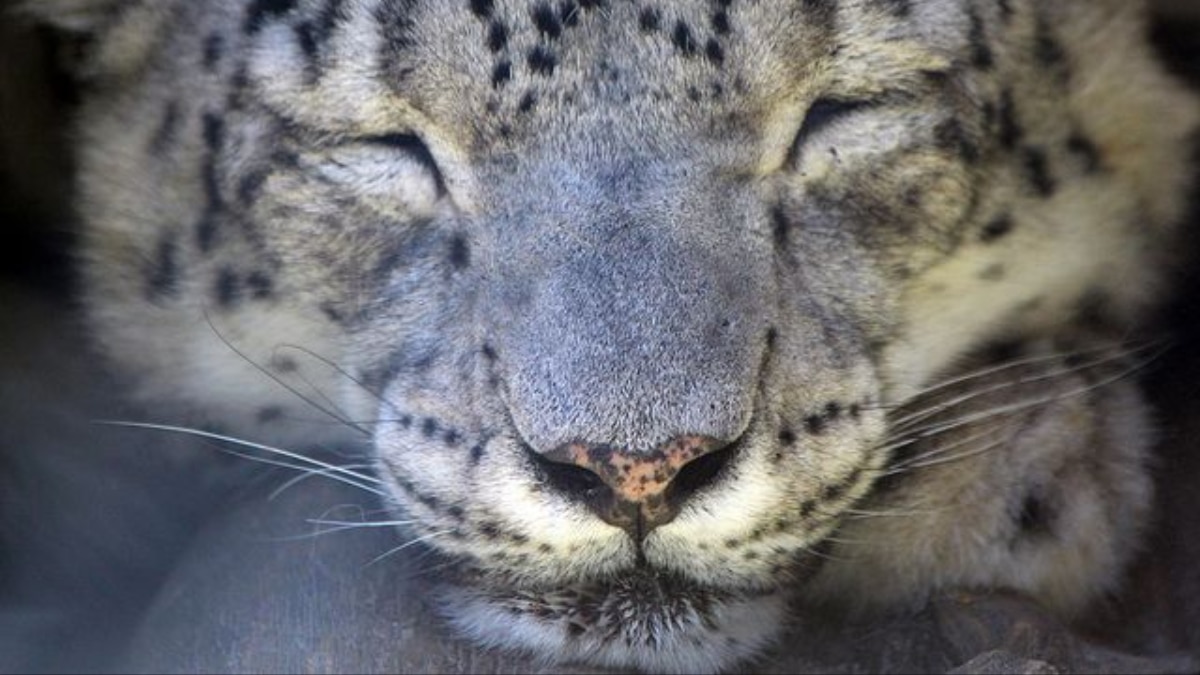 (Image Source: Pinterest/flickr)
(Image Source: Pinterest/flickr)
In the freezing Himalayan and Central Asian ranges, breathing icy air can be life-threatening, but not for snow leopards. Their broad nasal cavities act as natural heaters, warming and humidifying the air before it reaches their lungs. This adaptation prevents internal frostbite and helps maintain energy levels during hunts in sub-zero conditions. The same feature also allows them to survive at altitudes exceeding 15,000 feet, where oxygen levels are dangerously low for most animals.
3. Massive Paws That Work Like Natural Snowshoes
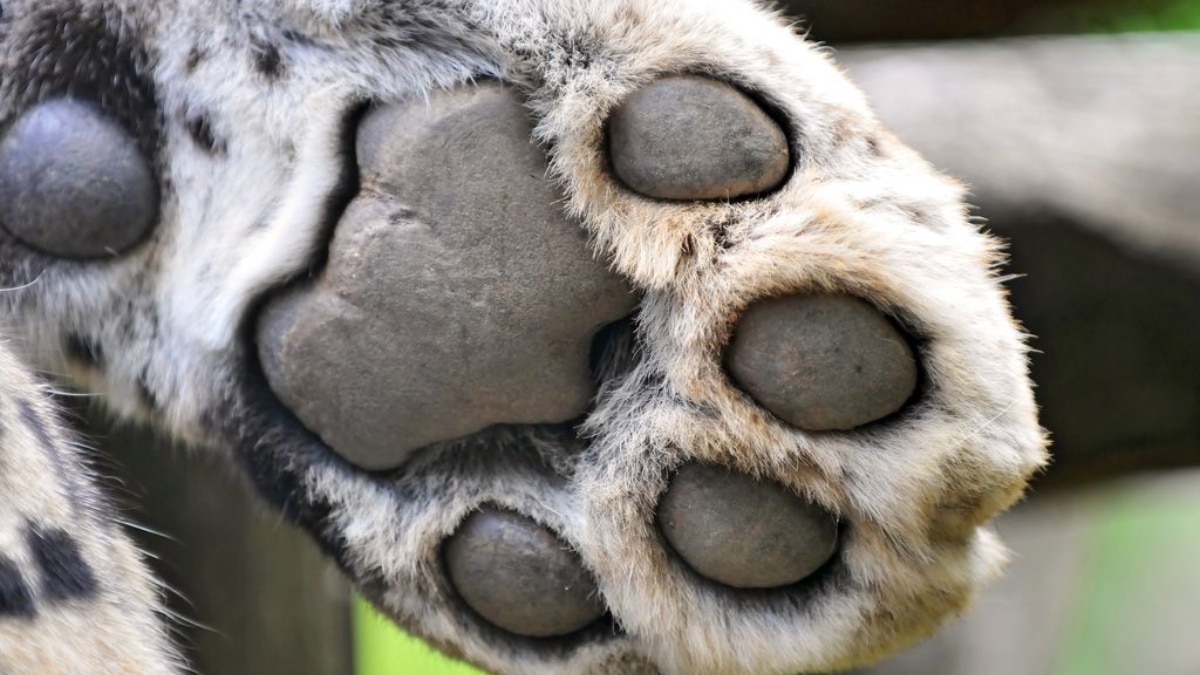 (Image Source: Pinterest/jd2560)
(Image Source: Pinterest/jd2560)
Snow leopards walk gracefully across deep snow, thanks to their oversized, fur-covered paws that act as natural snowshoes. These paws distribute their weight evenly, preventing them from sinking as they chase agile prey like blue sheep or ibex. The thick fur on their pads provides insulation and extra grip, allowing them to navigate steep, icy cliffs with agility and precision. Their pawprints, often the only trace left behind, are a rare and thrilling find for wildlife trackers.
4. Secret Signals Hidden In Scent And Scrapes
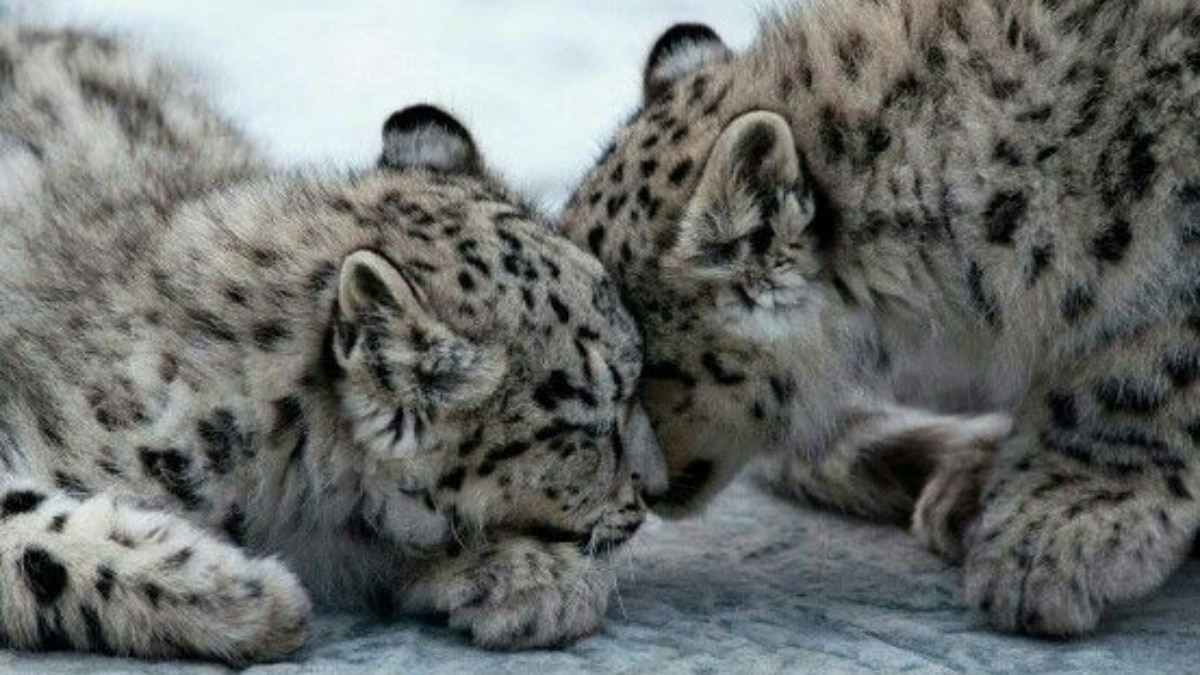 (Image Source: Pinterest/soniacahill)
(Image Source: Pinterest/soniacahill)
Snow leopards live in vast and isolated territories. They rely on scent marking and ground scraping to communicate. They rub their cheeks and spray urine on rocks or scrape the ground with their hind legs to leave distinct olfactory messages. These signals serve multiple purposes, from defining territory to attracting mates and can last for days in cold climates. Their communication network is silent but sophisticated, ensuring that these solitary cats maintain social boundaries without direct confrontation.
5. Masters Of Twilight With Perfect Timing
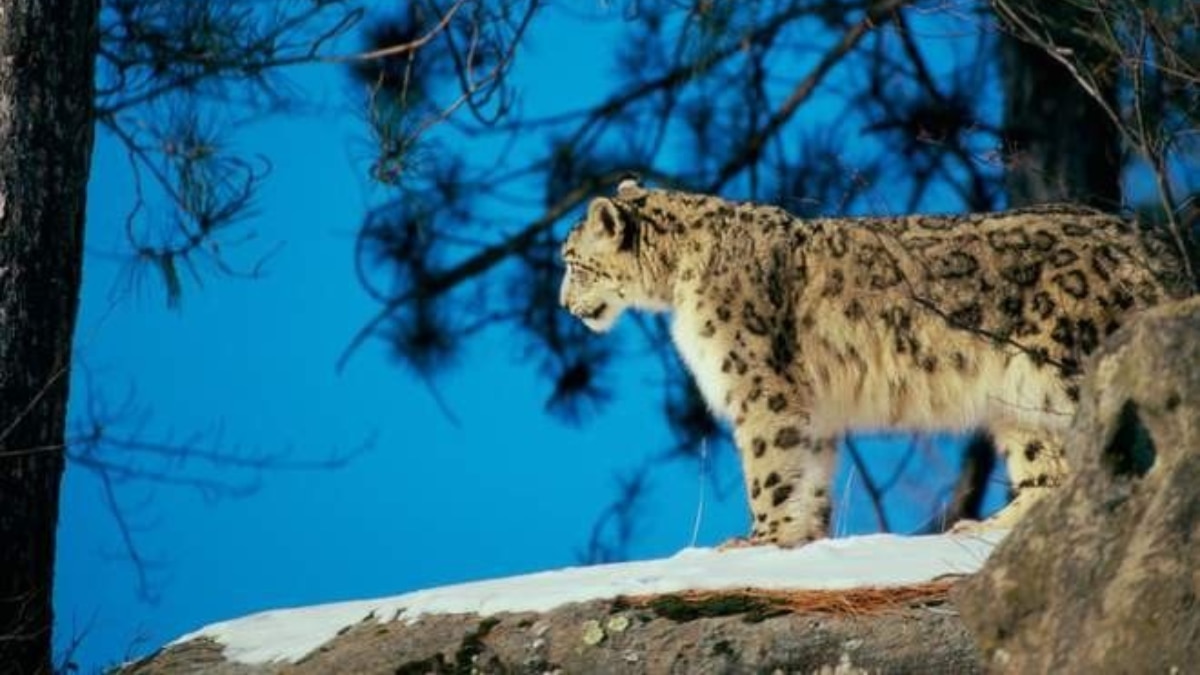 (Image Source: Pinterest/moonlite9999)
(Image Source: Pinterest/moonlite9999)
Snow leopards are crepuscular, meaning they’re most active during dawn and dusk. These twilight hours provide the perfect blend of cover and opportunity, allowing them to ambush prey while staying hidden from potential threats. This behaviour also conserves energy, as temperatures are more manageable compared to the harsh midday sun or freezing nights. Their keen night vision and stealth make them perfectly adapted to life in the shifting light of the mountains.
6. Closer In Lineage To Tigers Than Leopards
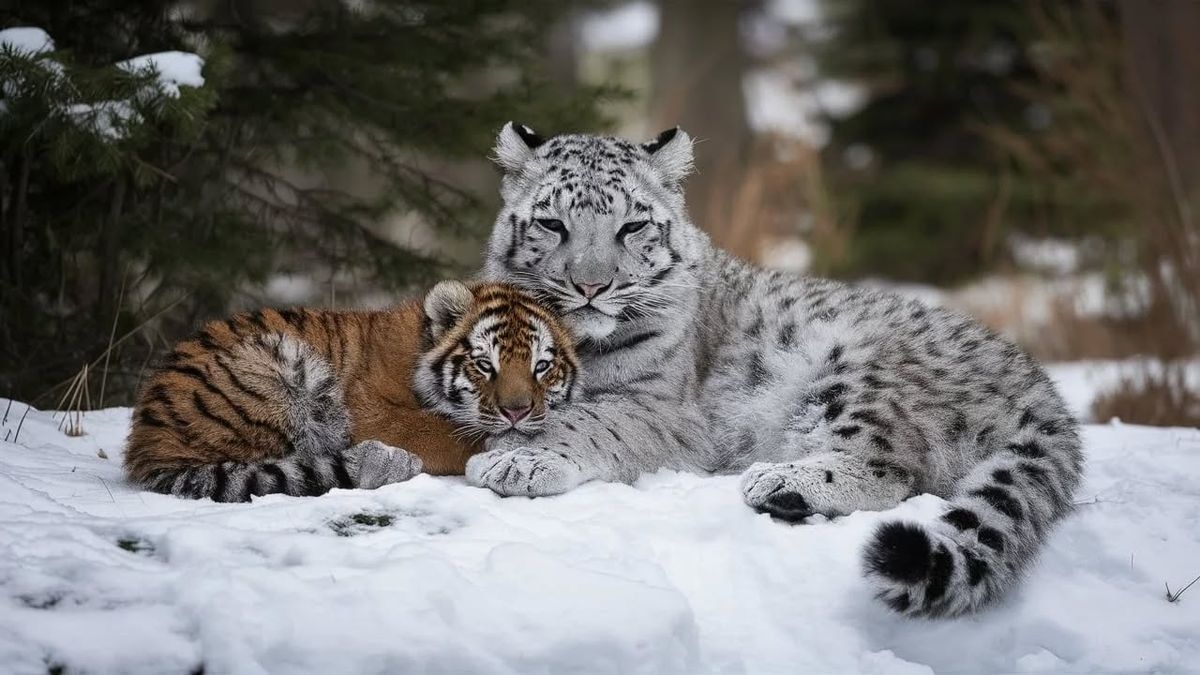 (Image Source: Pinterest/Smolanimals)
(Image Source: Pinterest/Smolanimals)
What most people don't know is that snow leopards are genetically closer to tigers than leopards. Their scientific name, Panthera uncia, places them within the same family as lions, tigers, and jaguars, but their evolutionary path diverged millions of years ago. They share more similarities in bone structure and DNA with tigers, particularly in skull shape and vocal anatomy. This fascinating link explains their powerful build and tiger-like agility, helping them dominate the harsh alpine environment.
7. Long Tails That Double Up As Warm Scarves
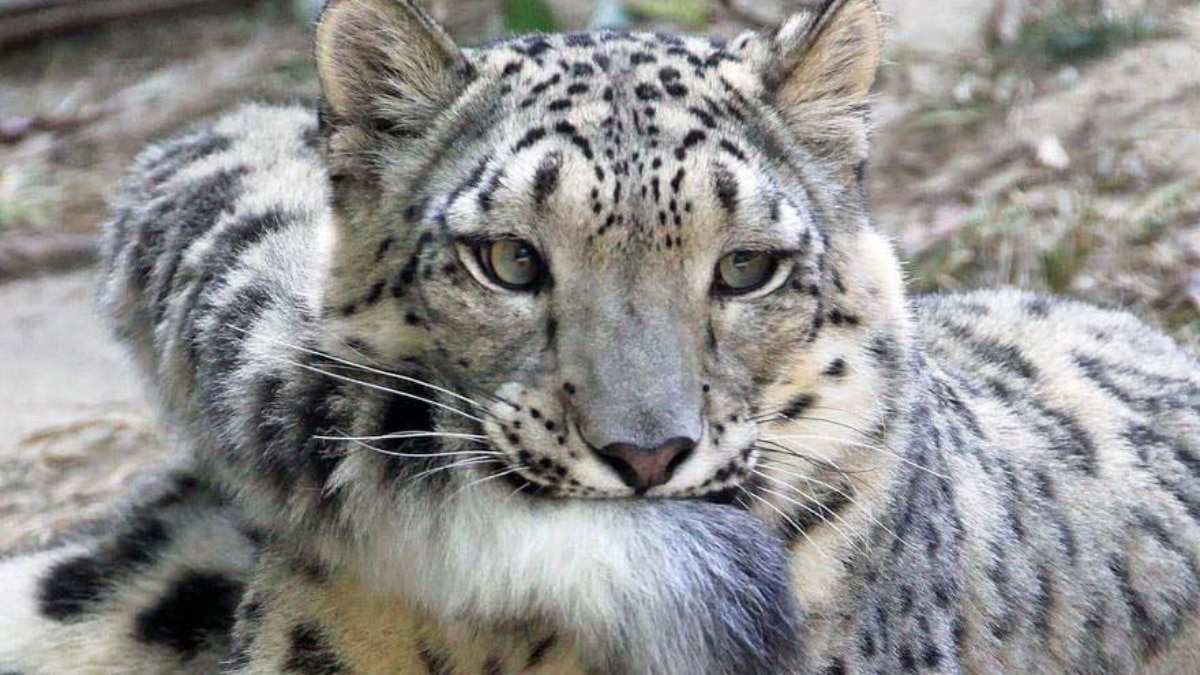 (Image Source: Pinterest/wildermove)
(Image Source: Pinterest/wildermove)
One of the snow leopard’s most iconic features is its long, thick tail, which can grow up to 90 cm long. This tail acts as a counterbalance while leaping across rocky cliffs but also doubles as a warm scarf during rest. When sleeping, snow leopards wrap their tails around their bodies and faces to retain heat in sub-zero temperatures. It’s a perfect example of nature’s efficiency, turning a tool of balance into a survival blanket.
8. Gentle Hunters Who Rarely Threaten Humans
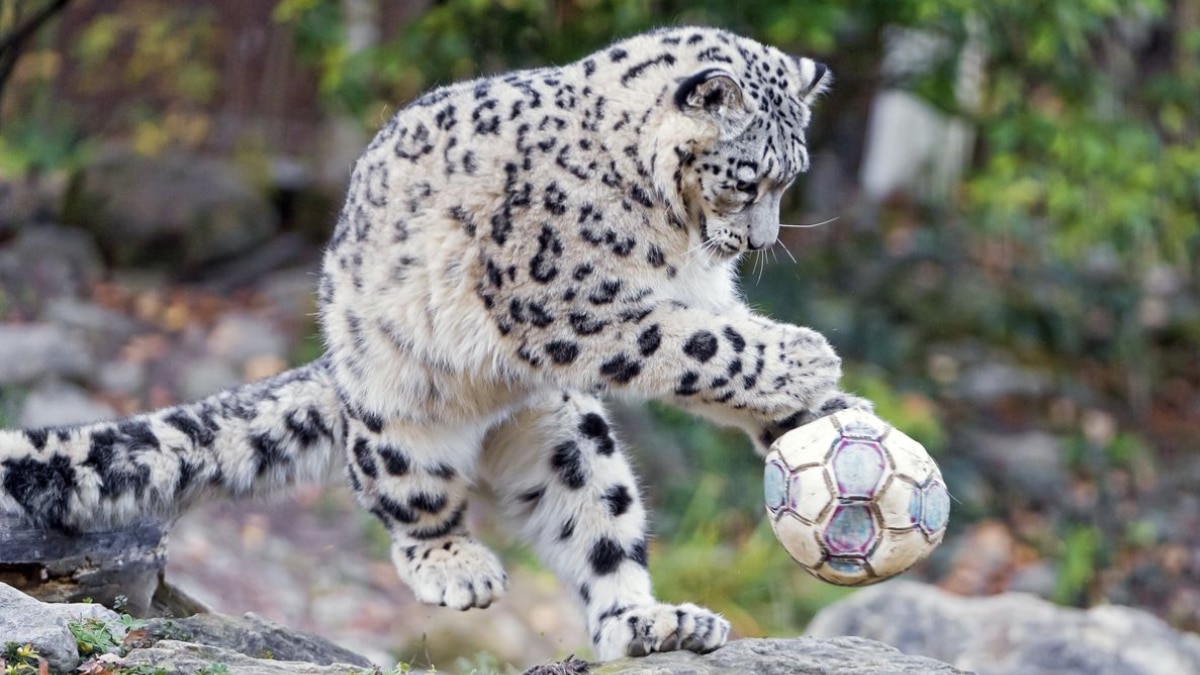 (Image Source: Pinterest/flickr)
(Image Source: Pinterest/flickr)
Despite being formidable predators, snow leopards are not aggressive toward humans. Instances of attacks are exceedingly rare, with most encounters resulting in the animal retreating quietly into the wilderness. They prefer solitude and hunt wild prey rather than livestock, although habitat loss sometimes forces them closer to human settlements. Conservation efforts have helped reduce human-snow leopard conflict, preserving this delicate balance. Their shy temperament and elusive behaviour have earned them their legendary nickname, the Ghost of the Mountains.
lifestyle